
EXCLUSIVE: 2024 Bajaj Pulsar 150 Launched, Know Onroad Price, New...
- Apr 9, 2024
- Views : 4781

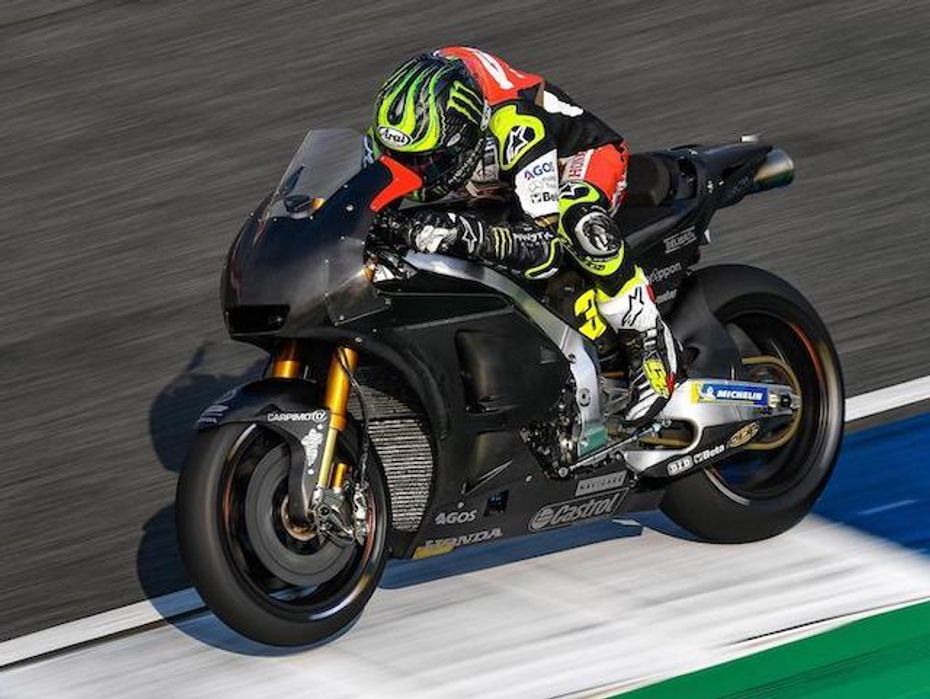
Part of the appeal of MotoGP is that you don’t really need to be a motorsport nut to get hooked to it. The championship’s USP has always been the speed of the premier class bikes - which can reach 350kmph at some circuits - and the visibly spectacular effort by riders to control them.
On top of it all the riders often fight for position while walking a metaphorical tightrope of grip. On account of the MotoGP machines being prototypes rather than derived from roadgoing models, their chassis stiffness often leaves riders bemused when they do fall and crash out. So let’s take a closer look at the mad machines in MotoGP’s premier class.
Chassis
In brief, the frame, swingarm, forks, engine mount and triple clamp are the main components that make up a bike chassis. The overall flex - yes, flex - strength and stiffness of these components determine how a bike will handle. How hard or soft a chassis is made depends largely on how much power needs to be dealt with.
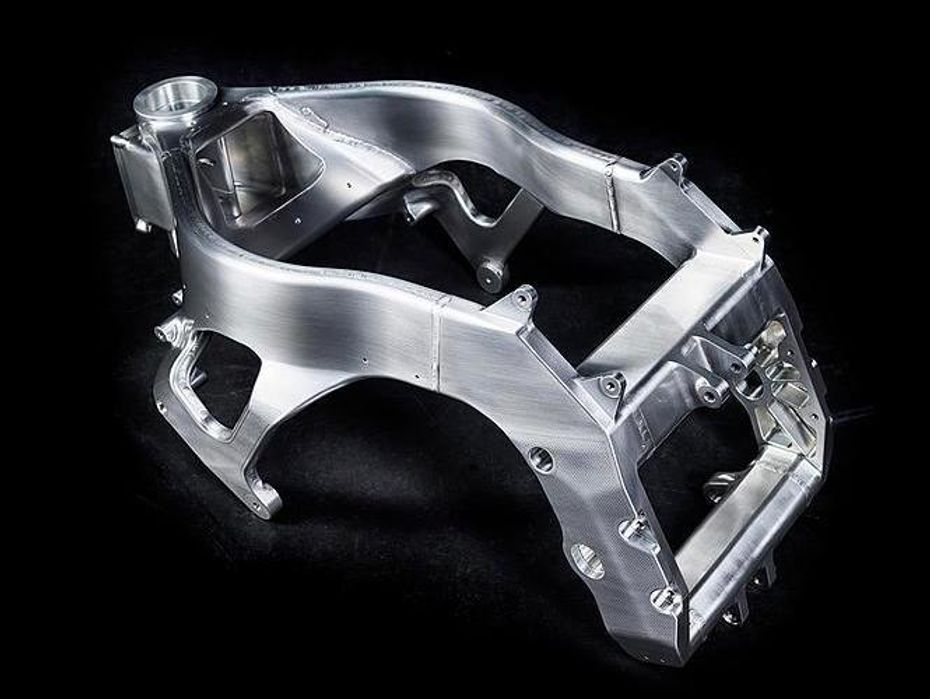
As mentioned earlier, 250 bhp in a bike with a minimum permitted weight of 157kg (not including the rider) is a lot to handle. Tyres are also a factor in determining how much flex is in a MotoGP chassis. The chassis of a MotoGP bike has gotten softer since 2016 when Michelin became the control tyre supplier. This is on account of Michelin's tyre construction being softer than Bridgestone who were the control tyre supplier until 2015.
Engine
1,000cc, four cylinders - in line or in a V is up to the manufacturer - revving as high as 18,000rpm and an insane power output. Exact power figures are a closely guarded secret but Ducati - there’s a reason why it’s bike is called the Bologna Bullet - is believed to produce well in excess of 250bhp. Some sources have suggested that its maximum power figure is close to 275bhp. Since 2016, MotoGP manufacturers have to use standard engine electronics.
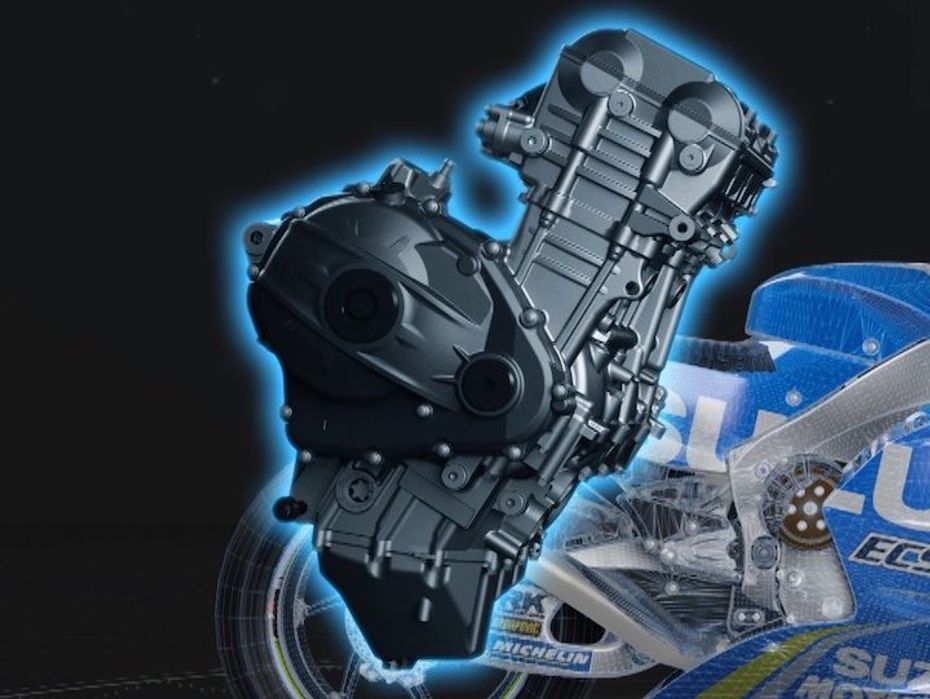
Arguably the most important of these electronics is the anti-wheelie system. The use of sensors in the front and rear of the bike which detect how extended the front fork is to the rear and the speed of the wheels too, accordingly cuts the engine power. This allows a rider to bring the bike back under control and apply full power.
Gearbox
Seamless, single clutch gearboxes allow for quick shifts that can allow gear changes as fast as 0.01 seconds. Six-speed sequential manual cassette type gearboxes aid the riders in putting the power to the road.
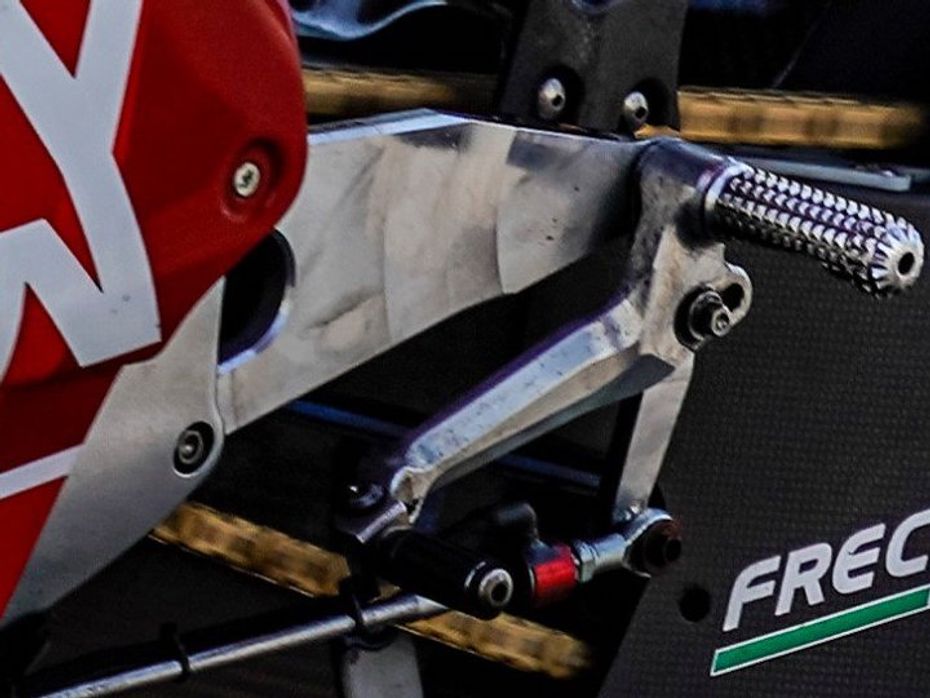
Tyres
Under normal circumstances a total of 22 tyres are allotted to each rider for a race weekend. Ten front tyres and 12 rear for dry racing conditions. Within those 22 tyres, riders have the option of selecting soft, medium and hard tyres for the front or rear. Riders who have to participate in both qualifying sessions are allotted an extra set.
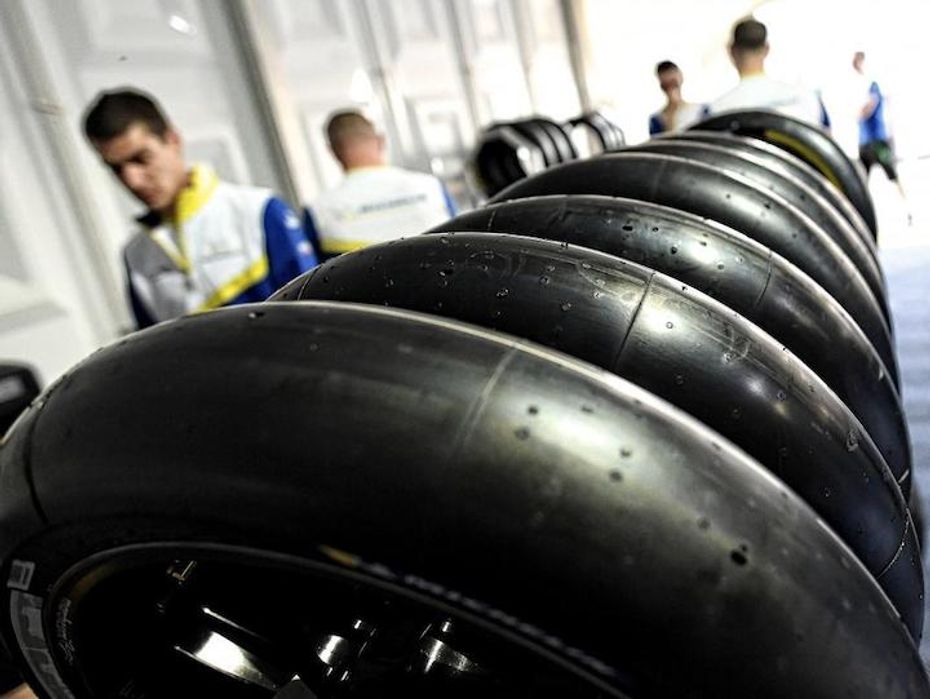
In the event of rain, riders have 13 total tyres to choose from with six for the front and seven for the rear. Another 120 sets of tyres are allotted to riders to use for test sessions.
Brakes
What good is a super fast bike if you can’t stop it before a corner? To cope with the extreme power of a MotoGP bike, the brakes are believed to produce a force of up to 590bhp. The front brake is the most crucial as it is used the most. Carbon discs are used and their optimum operating temperature is 200 to 800 degrees Celsius. They are only good for about 1,000km of use. In the event of a wet race, riders used to switch to a completely different bike, which is fitted with steel brakes. Steel brakes operate at a much lower temperature range, unlike the carbon discs. However, Marc Marquez's win at the 2017 San Marino and Riviera di Rimini GP marked the first time that a MotoGP bike with carbon discs won during a wet race. Shrouded carbon discs with steel rotors have made it possible for riders to continue using carbon discs in the rain, giving them better stopping power.

The size of the discs are dependent on the circuit a race is held at. Most commonly used are 320mm discs that weigh 850g. Italian company Brembo are the sole brake suppliers in MotoGP, which allows them to gather data on all the teams and some of their findings are quite incredible.
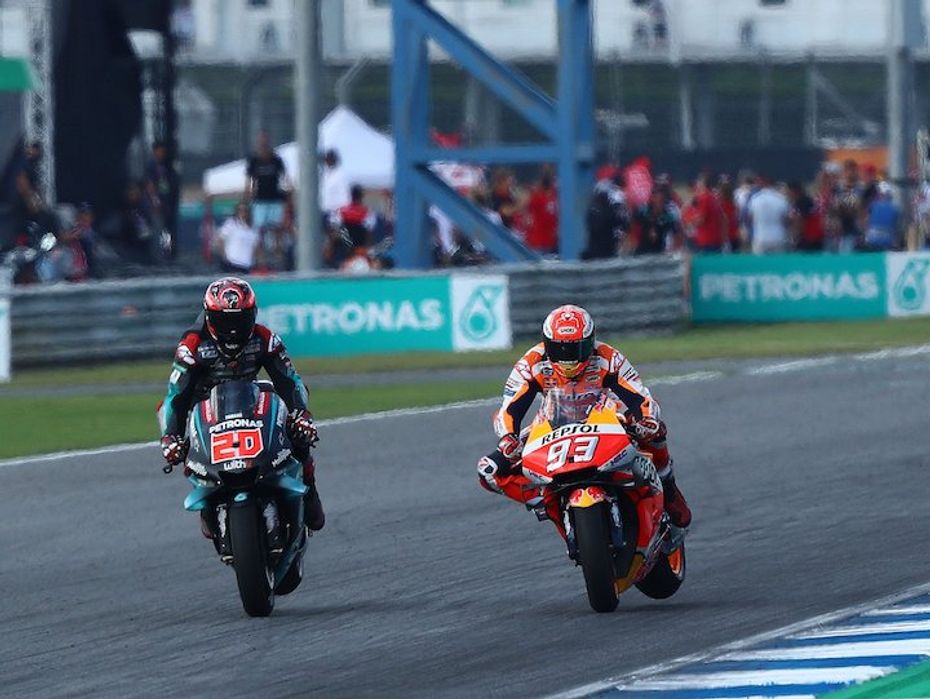
One in particular should be your main takeaway from this racing refresher. At the Italian circuit of Mugello, a MotoGP bike can reach a top speed of 355kmph at the end of the start-finish straight. And in order to make the first turn, Brembo recorded an instance of a bike slowing down from 355kmph to 90kmph in just 5.2 seconds…..within 300 meters.

EXCLUSIVE: 2024 Bajaj Pulsar 150 Launched, Know Onroad Price, New...

Ather Rizta’s Underseat Storage Revealed In New Teaser

Ather Rizta vs Ola S1 Air vs Bajaj Chetak vs TVS iQube :...

Ather Rizta Launch On April 6: From Expected Price To Range...

Weekly Bike News Wrap-up: Bajaj Pulsar N125 And N250 Spied, Ather...

BREAKING: Ather Rizta Pre-Bookings Begin

Ather Rizta Launch Tomorrow: Know Expected Price, Range, Features And...

BREAKING: Ather Rizta Launched In India At Rs 1.10 Lakh

Upcoming Bajaj CNG Bike: What We Know So Far
India's largest automotive community